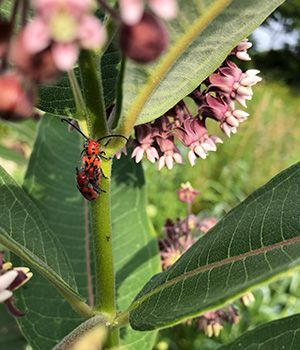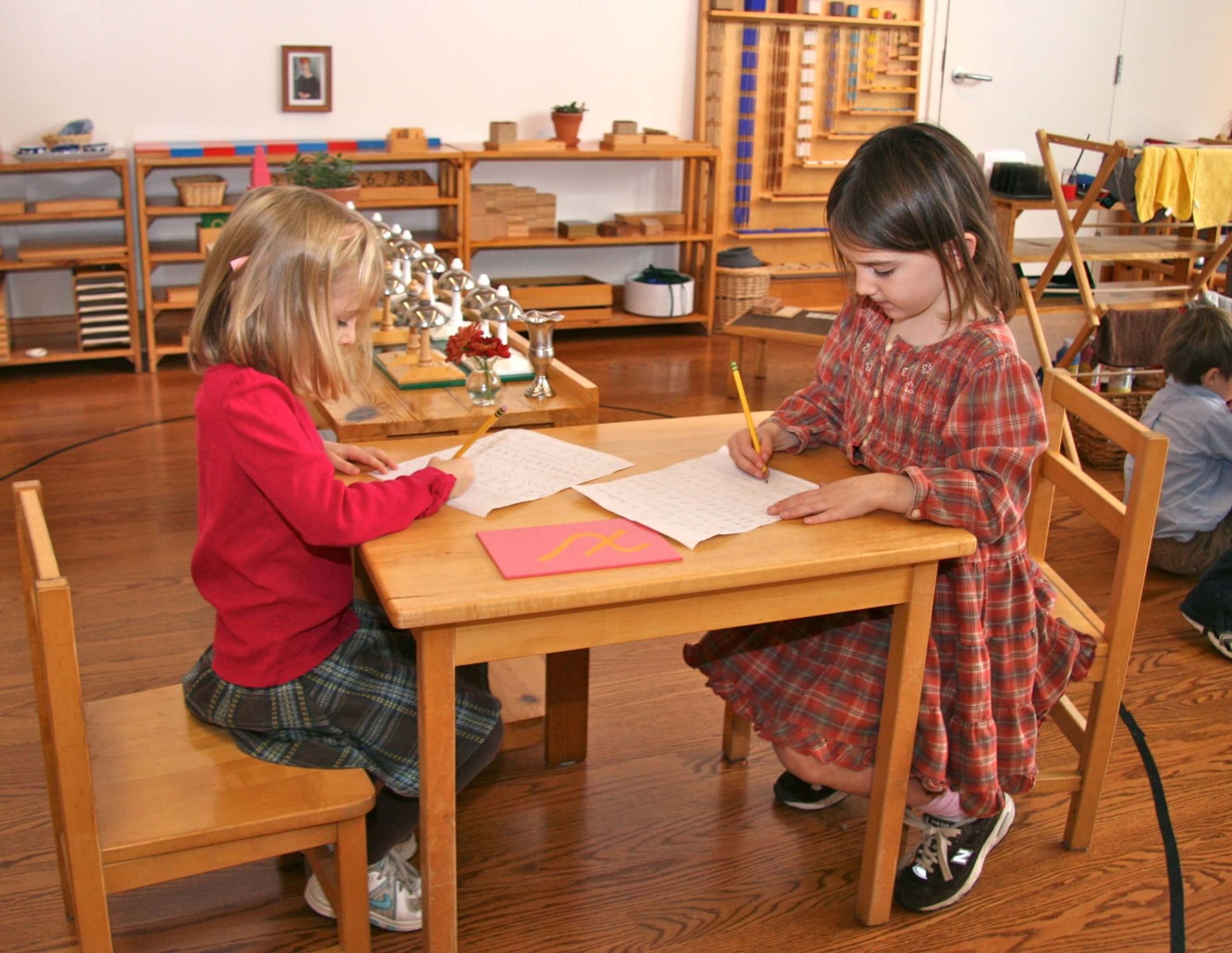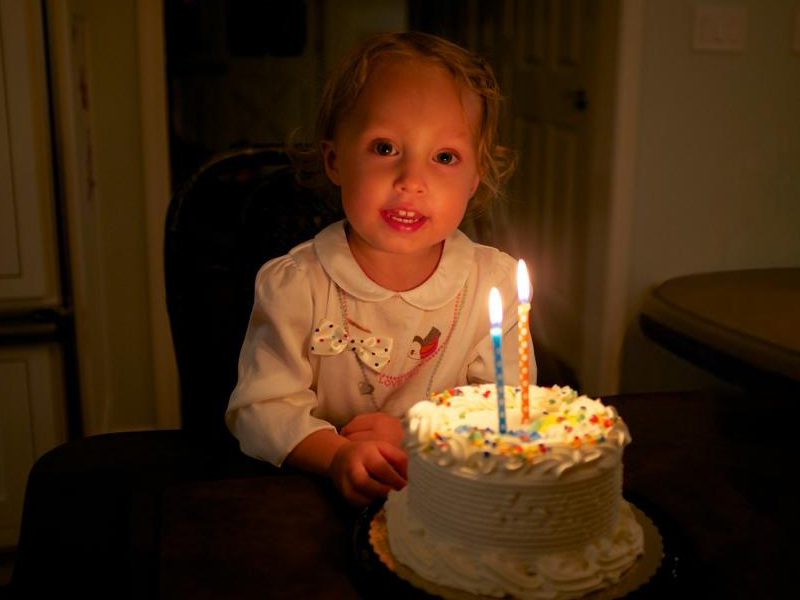
If you happen to drive past the school this summer, I encourage you to take a peek at the amazing prairie and everything growing there. This is our “land laboratory” for our children to explore and research in September and throughout the year, building their scientific interests and connections with the natural world. Through the immediate examples in nature, our children notice the interrelatedness of everything and learn about the laws of nature that create balance and respond to imbalances.

Our prairie gives children the direct contact they need to develop a love for nature and to discover the amazing variety that the natural world presents to us. The Young Children’s Community and Primary children can observe, touch, smell, and collect specimens of all shapes and sizes to fulfill their incessant quests for knowledge. The Elementary-aged children—so full of questions and analytic ideas—can take samples, classify, and design experiments to share their results with others. Our Secondary Level students can take leadership roles by becoming stewards of this land, and go beyond our immediate resources to seek advice from experts and check the health of our prairie’s ecosystem with the larger one in our state and part of the world.
In these broad stages of investigation and care that corresponds with children’s developmental stages, the land laboratory we have on our property provides the stepping stones that ignite interest in earth’s ecosystems and real, original opportunities for children to follow their own ideas for their learning.

Dr. Montessori guided educators to provide stimulating environments where children can learn by following their urges to explore, ask questions, and investigate, and thereby give themselves a personalized and much fuller education than adults could give with the simple relaying of pre-determined information. Dr. Montessori wrote, “We do not want complacent pupils, but eager ones; we seek to sow life in the child rather than theories…The secret of good teaching is to regard the child’s intelligence as a fertile field in which seeds may be sown.”
Because children are constantly trying to adapt to their surroundings, it is imperative that we give them a sense for the whole of our surroundings, so that they may find their places in relation to not just their family, their school, or their town, but to the whole of this world that even our little patch of prairie is connected to and responds to. Our children do much of their work on the subconscious level, which makes direct contact with the natural world even more important, at each stage of their lives.
Our Forest Bluff directors and our on-site naturalist, Abbey White, look forward to greeting your children in September and supporting their scientific, artistic, historic, mathematical and linguistic investigations through our living land laboratory!



